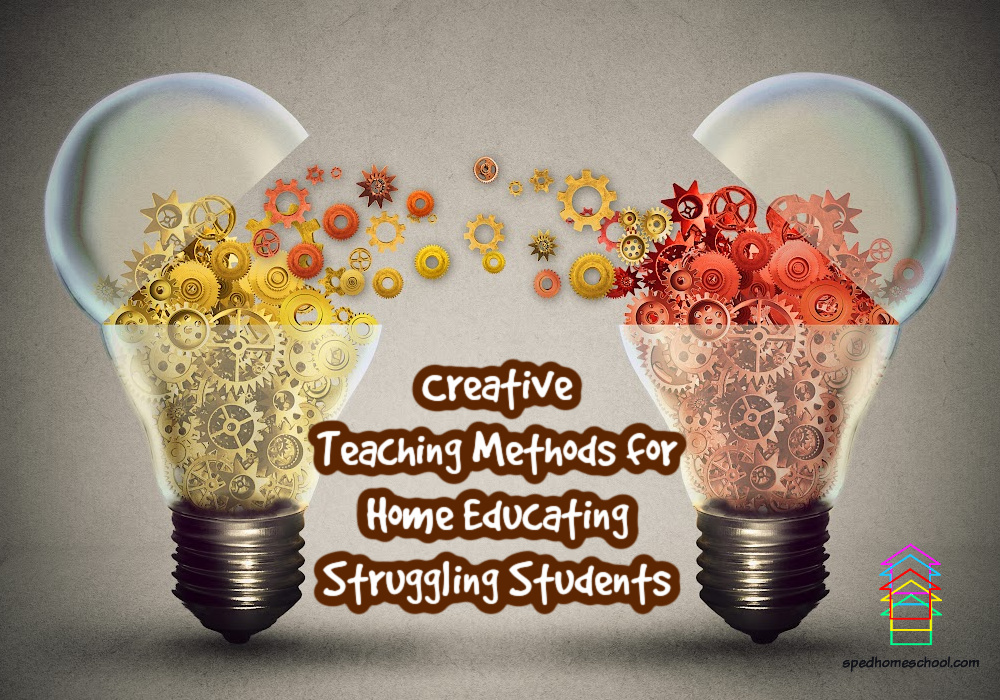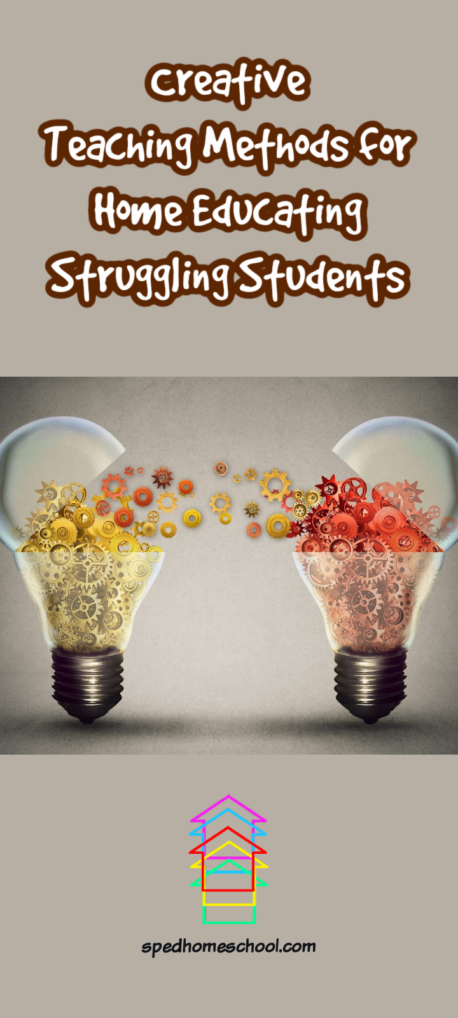
By the SPED Homeschool Team
Teaching Social Skills and Character Training While Out-N-About
“With four boys born in under six years, it was easiest to do school at home, so I didn’t have to corral them during lessons. We did stuff outdoors, were part of a co-op, took classes through a local homeschool group where I taught and went on a lot of field trips. When out of the house, we were always learning, but rarely “did school” during those times. When we were out, my time was better spent on things like teaching my boys that it is not appropriate for the first person in line to decide he is the engine of a runaway freight train and take the entire line careening through a building. Once I had my special needs child, a lot of our outside activities were replaced with appointments and therapy for a time. Then it became obvious that having struggling learners and children with special needs meant participating in co-ops and such were a no go. We focused on the “home” in homeschool and turned to pursuing individual passions.”
Stephanie Buckwalter
Using Carschooling, Games, and Therapy While Out-N-About
“For a couple of years, we carschooled and schooled on the go while waiting for multiple doctors appointments. We used some physical curriculum, but also educational games and videos. School now includes therapy (OT, PT and Speech), field trips to the library, grocery store, park, and the homes of other family members. On Wednesdays, we do music (I drive multiple trips), so my kids do school with cousins, joining in with whatever they are working on along with music lessons. Different days bring different approaches, but the bottom line is they are still learning and growing, sometimes when we think we aren’t doing enough.”
Amy Vickrey
Other Ideas for Where You Can Homeschool Out-N-About
List provided by Dawn Spence:
- At the pool
- At friends’ homes
- Library
- Coffee house
- Zoo
- Museums
- Church
- On vacation
- At the Great Wolf Lodge
- Doctor offices
- Hospitals
- Backyard
- Park
- Pool
- At hotels
- Restaurants
- Grandma’s house
- At the movies
List provided by Peggy Ployhar:
- Campgrounds
- Historical sites
- Grocery store
- Garden
- Beach
- On a cruise
- While living in our RV
- On a farm
- While hiking
- Martial arts studio
- Pottery studio
- Dance studio
- On our sailboat
- In a tree
- Hardware store
- Antique store
- Bookstores
We hope these quotes and ideas from our team have inspired your family to learn and homeschool out-n-about this summer and into your next homeschooling year.



